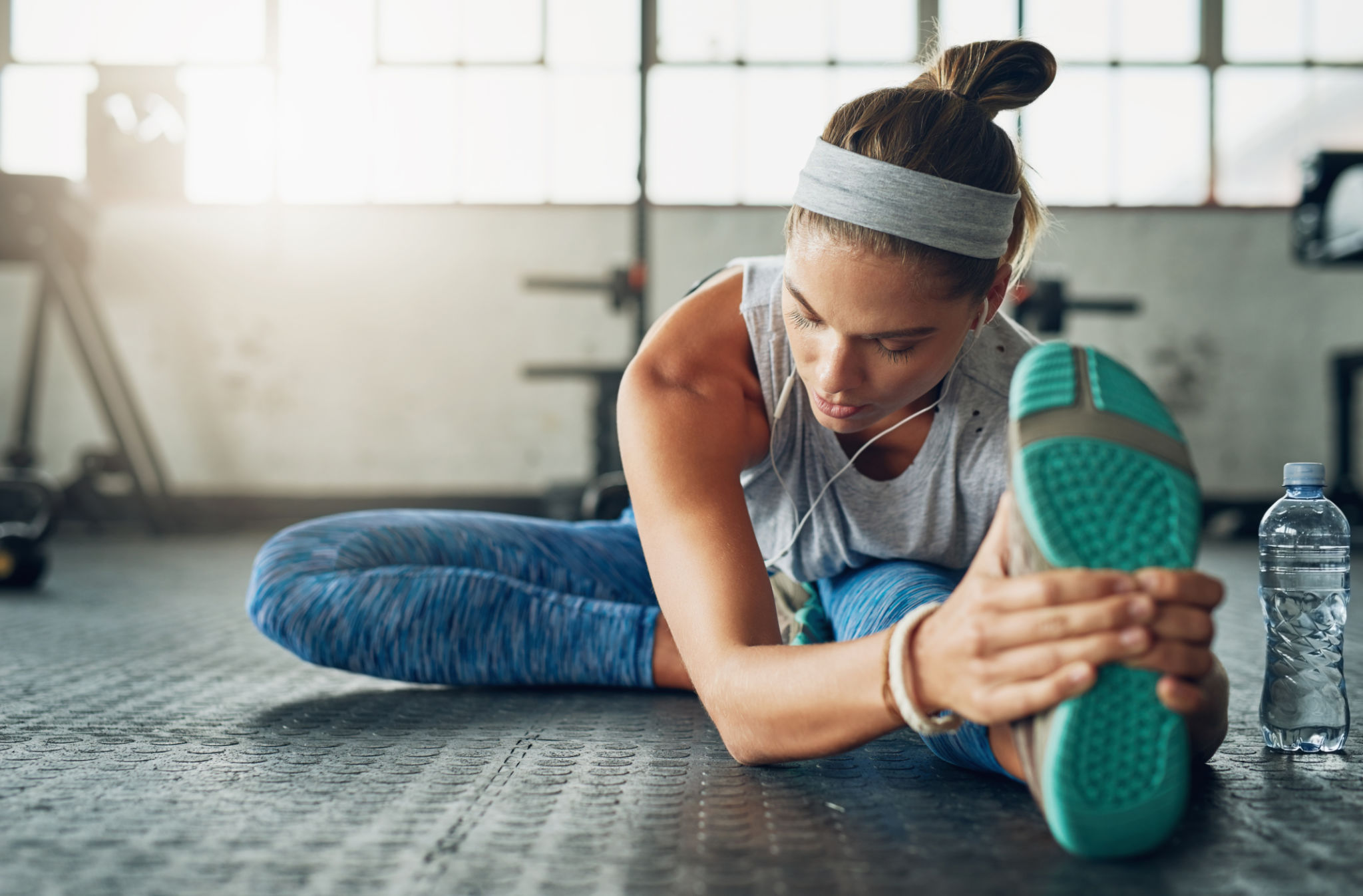Top Tips for Training in Dubai's Climate: A Guide for Athletes
Understanding Dubai's Climate
Dubai is known for its scorching temperatures and high humidity, which can pose challenges for athletes training in the region. The climate is characterized by intense heat, especially during the summer months, with temperatures often exceeding 40°C (104°F). Understanding these conditions is crucial for athletes to optimize their performance and avoid heat-related illnesses.
Training in such an environment requires careful planning and adaptation. Athletes need to be aware of the potential risks and take proactive steps to mitigate them. This guide provides essential tips to help you train effectively in Dubai's unique climate.

Adapting Your Training Schedule
Choose the Right Time of Day
The timing of your training sessions can significantly impact your performance. It is advisable to train during the cooler parts of the day, such as early morning or late evening. Avoid midday sessions when the sun is at its peak. This not only helps in maintaining energy levels but also reduces the risk of heat exhaustion.
Adjust Intensity and Duration
Incorporate flexibility into your training routine by adjusting the intensity and duration of your workouts. Start with shorter, less intense sessions and gradually increase as your body acclimates to the heat. Listening to your body and recognizing signs of fatigue is crucial to prevent overexertion.

Hydration and Nutrition
Stay Hydrated
Hydration is paramount when training in hot climates. Ensure you drink plenty of water throughout the day, not just during workouts. Consider using sports drinks that replenish electrolytes lost through sweating. Monitoring urine color can be an effective way to gauge hydration levels—aim for a light straw color.
Nutritional Adjustments
Fueling your body with the right nutrients is essential in extreme temperatures. Focus on a diet rich in fruits, vegetables, lean proteins, and whole grains. These foods provide the energy necessary for training while helping to maintain hydration levels. Be mindful of your salt intake; it may need to be adjusted to compensate for increased sweat loss.

Clothing and Gear
Wear Breathable Fabrics
Choosing the right clothing can make a significant difference in comfort and performance. Opt for lightweight, breathable fabrics that wick moisture away from the body. Light-colored clothing can also help reflect some of the sun's rays, keeping you cooler.
Protective Gear
Don't forget to protect yourself from the sun's harmful UV rays. Wear a hat or visor, apply sunscreen with a high SPF, and consider sunglasses to shield your eyes. These measures are crucial in preventing sunburn and long-term skin damage.

Listen to Your Body
Your body is an excellent communication tool. Pay attention to any signs of heat-related stress, such as dizziness, headaches, or muscle cramps. If you experience any of these symptoms, stop training immediately and seek a cooler environment to rest and hydrate.
Training in extreme climates requires self-awareness and adaptability. By following these tips, athletes can enhance their performance while minimizing health risks associated with Dubai's climate.
